Before coming to Mongolia there are a few things you should know before embarking on your journey to the land of the blue sky. While safety and corruption problems have significantly decreased, Mongolia is still not for the weary-hearted.
Should You Travel with A Tour Agency or No?
If you will be spending a few days in Ulaanbaatar, besides the city tour, you don’t necessarily have to book a trip with a tour agency. 2-3 days is more than enough to sightsee most of Ulaanbaatar by yourself, just make sure to avoid the bad neighborhoods in Ulaanbaatar or travel in a car if you really want to see what it’s like.
For adventurous souls and backpackers, you could travel the countryside and remote places by yourself IFF you are well prepared and know what you are doing. Otherwise, most of the Mongolian countryside is still underdeveloped and far from civilization.
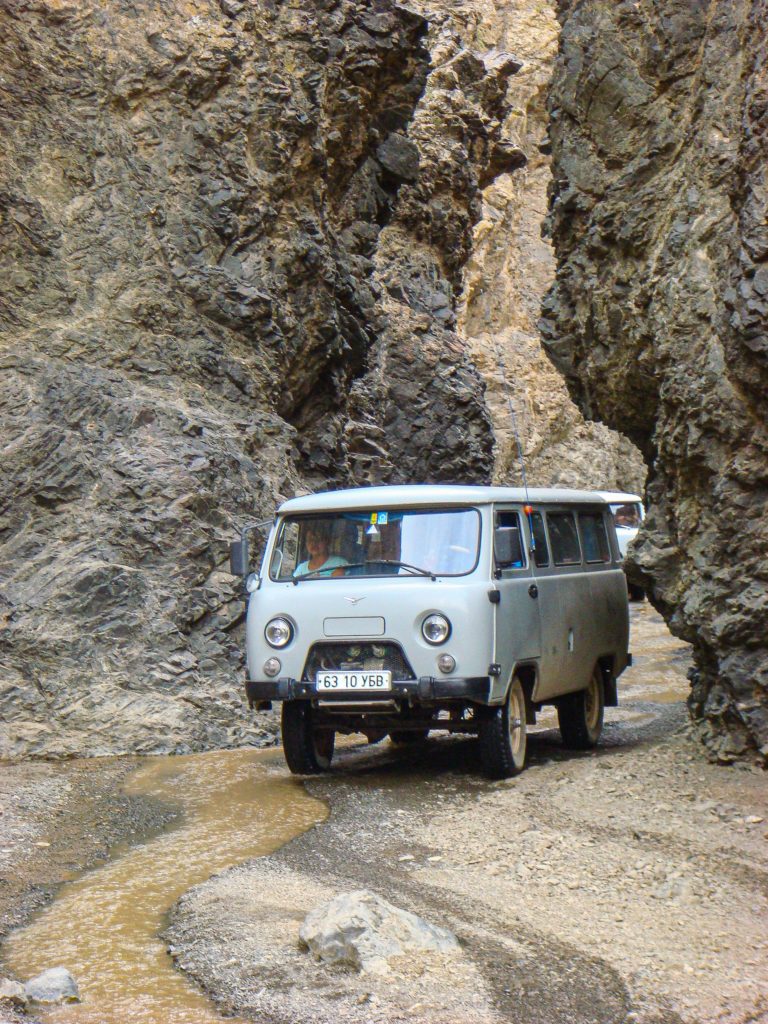
Mongolia’s road infrastructure is still developing and you will more than likely see many dirt roads that diverge to different places. Even experienced travelers and drivers sometimes get lost. You may think of yourself as being adventurous and bold, but it’s reckless and stupid UNLESS you hire a local guide who knows the land and well provision yourself for your adventure. Mongolia is a vast country with a very small population! So be smart, otherwise, you could get lost and have no one to help you out.
If you’re planning on traveling through the countryside, my recommendation is to just book 1 or 2 tours with a travel agency and not worry about safety concerns.
The Usual Weather in Mongolia
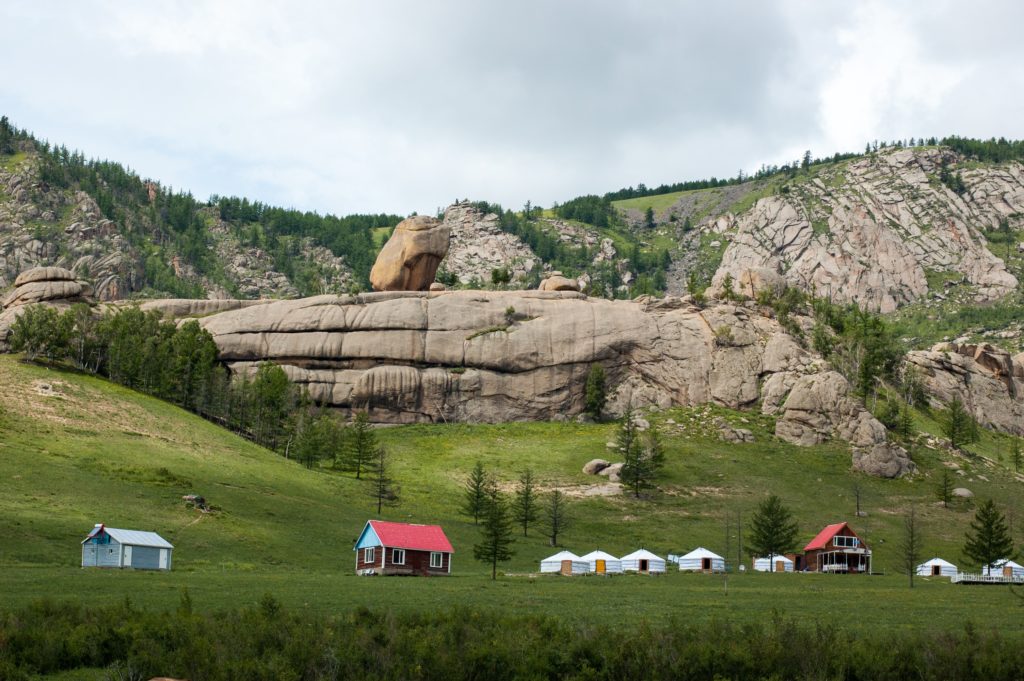
Depending on the season, the weather can be quite erratic. It could be sunny and all of a sudden start to rain only to stop after 1-2 hours. However, assuming that you book your ticket for Mongolia during the summer months (the best seasons to travel to Mongolia), the weather will be relatively hot and arid during the day and somewhat chilly during the night.
For people who are used to humid climates, it may be difficult to get used to the dryness you may experience and the big temperature difference between night and day.
Besides bringing appropriate clothes, sunscreen is a must if you don’t get a lot of sun in your home country. Mongolia is mostly sunny all year round, so unless you don’t want to get a sunburn, buy a good amount of sunscreen protection, especially if you will be touring the countryside.
Safety in Mongolia
Compared to 5-10 years ago, Mongolia has greatly improved in safety and decreased small petty crimes, mostly due to an improving and growing economy. This does not necessarily mean you should be reckless and lose all your common sense. Avoid the bad neighborhoods towards the north and Northeast parts of Ulaanbaatar.
There are still pickpockets in touristy areas, so be sure to take note of your personal belongings and also avoid getting scammed by taxi drivers and independent vendors for higher fares. Usually, it’s ₮ 1000 for 1km drive in Taxis, and also if you want to be sure to pay the retail amount for souvenirs and goods, just buy from well-established stores.
The Mongolian Culture
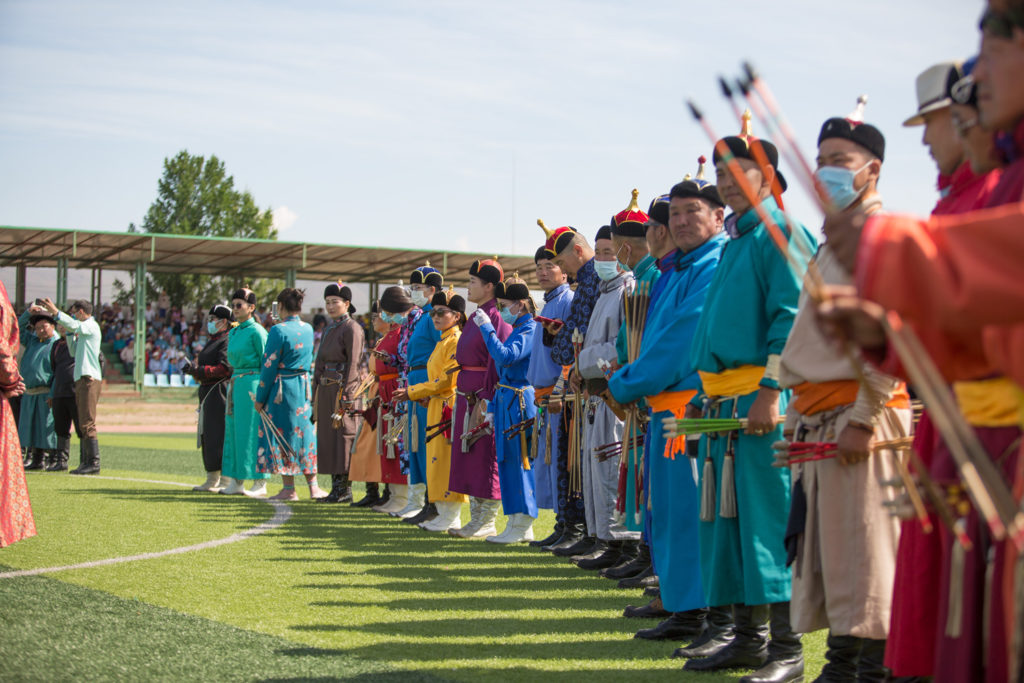
The culture of Mongolia is a mix of Central Asian and Eastern Asian influences, and Western until very recently. It’s pretty evident while strolling through Ulaanbaatar as you will see different styles of buildings here and there.
Mongolian people are cold and rude on the exterior, but once you gain their trust or get them to open up, Mongolians are one of the most honest and kindest people in the world. Big cities tend to make the average person a bit colder and aloof, but nomads should make you feel welcome from the onset.
Why are Nomads and City People SO Different?
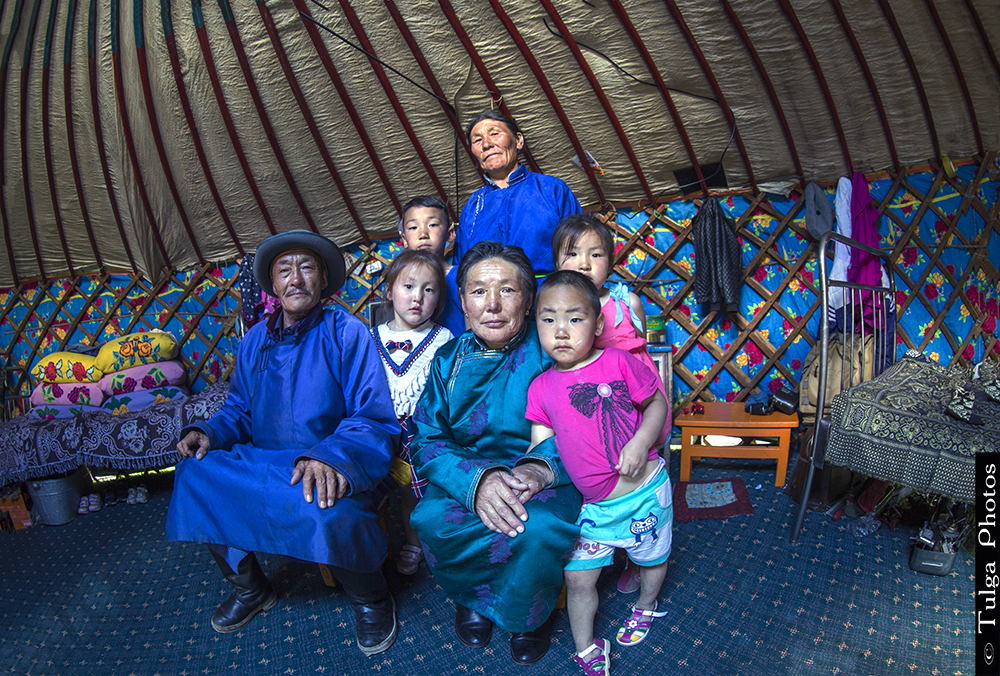
Bigger cities such as Erdenet, Darkhan, and Ulaanbaatar will have paler people with usually Northeast-looking appearances. Sedentary Mongolians are not exposed to the extreme climate as much and have access to luxuries of modern life.
The farther you go outside the capital city, you’ll notice people tend to look darker and tanned (unless you go west and meet Kazakh and other minority Mongolians). Nomads have a rough exterior due to the harsh climate and tasks that require being out in the sun for longer periods of time.
Besides appearance, you’ll also notice the major difference in their attitudes. City people, especially in Ulaanbaatar, are more reserved and tend to live stressful lives, whereas nomads have a simpler lifestyle.
Since nomads don’t get as many guests and rarely come across foreigners, they will provide you with warm hospitality and will try to converse with you with great interest.
The Religion is not what you Think
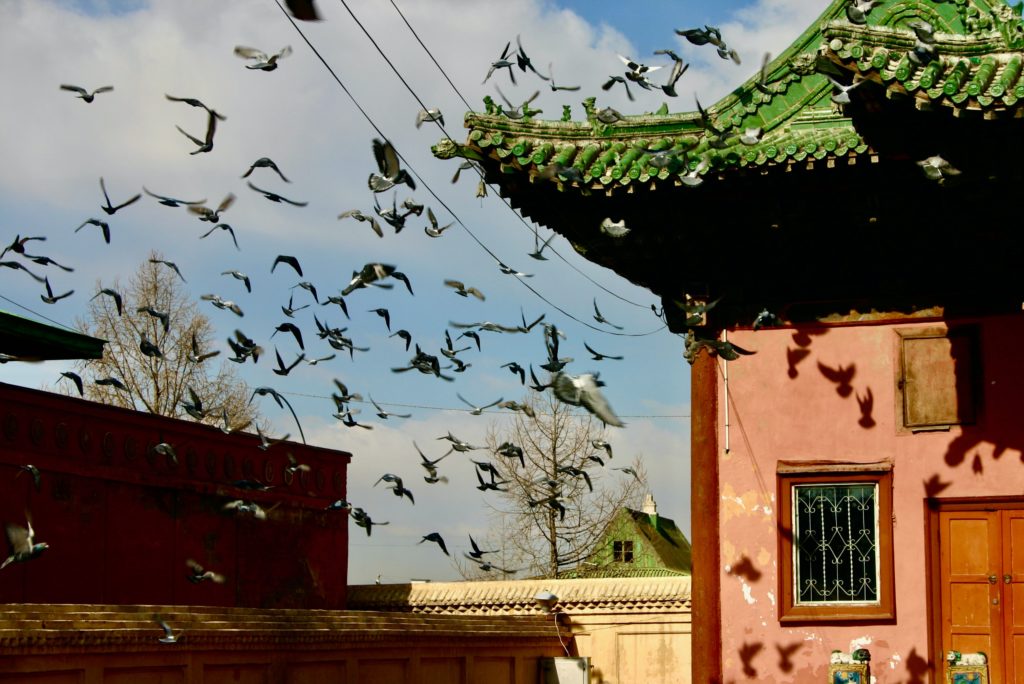
Mongolians are predominantly Buddhists due to heavy influence from Tibet beginning in the 15th century. While the majority of Mongolians are Buddhists, they don’t necessarily practice it according to the official books. It’s more of a tradition or culture that has stuck around and most people just follow along with certain Buddhist practices just because of tradition.
However, while 90% or so Mongolians proclaim they are Buddhists, you will realize that there are plenty of other religions or practices that are different from each other. There are local “religions” depending on the village, and some families might have Shamans whom they consult from time to time.
If you’re traveling through the countryside, you might even hear whispers about the local “religion” and how you should not offend the river, forest, or mountain gods, etc.
Not only that, towards the West, you have a significant population of Mongolians who are Muslim. About 5% or so of Mongolians are Muslim, the majority of them being of Kazakh ethnicity.
Since the founding of the Mongolian Empire, Mongolia has always been tolerant of different religions and cultural practices, so as you learn more about Mongolian history, it’s not a big surprise.
A Meat Lover’s Paradise
If you love hardy protein-rich foods and are looking to try simple but yet delicious foods, then Mongolian food will be a major treat.
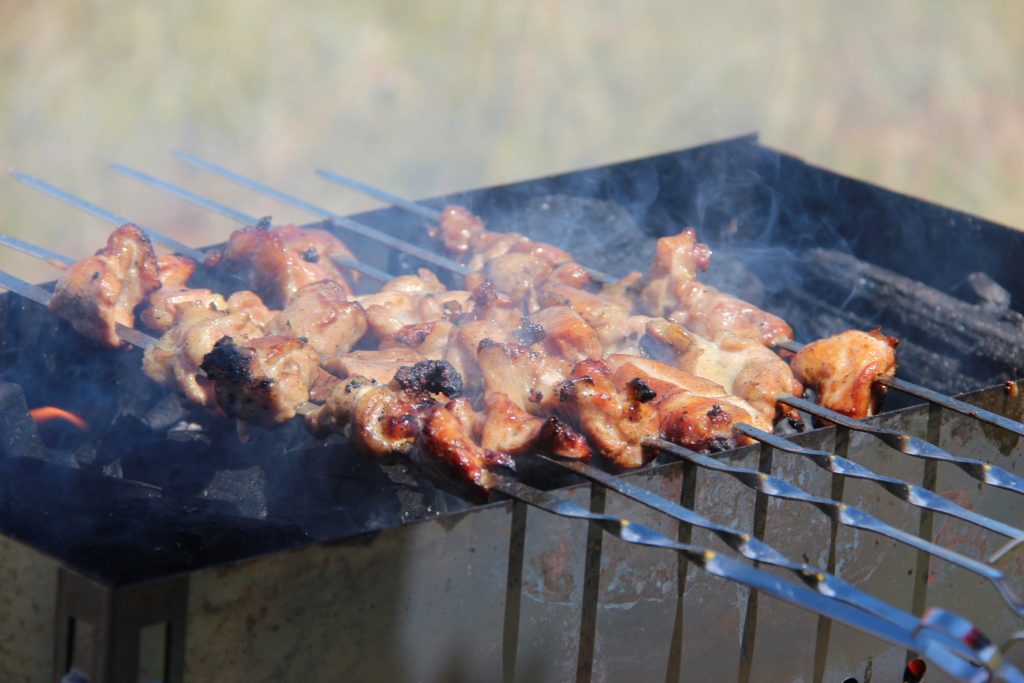
Mongolians love their meat and are good at producing quality organic meat. Since most Mongolian livestock is free to graze the open countryside and live a pretty healthy life, there is no other competition when it comes to quality beef, steak, etc.
Traditional Mongolian foods are simple, easy to make, but are DELICIOUS. Mongolian traditional foods are a mix of Central Asian, Russian, and Chinese. From buuz, Khuushuur, to plov, khorkhog, boodog, etc, you won’t be getting hungry at all with such calorie and nutrient-dense foods.
The Sky Kisses The Ground
Mongolia is known as the land of the eternal blue sky. If you ever travel to Mongolia, you will know why by firsthand experience.
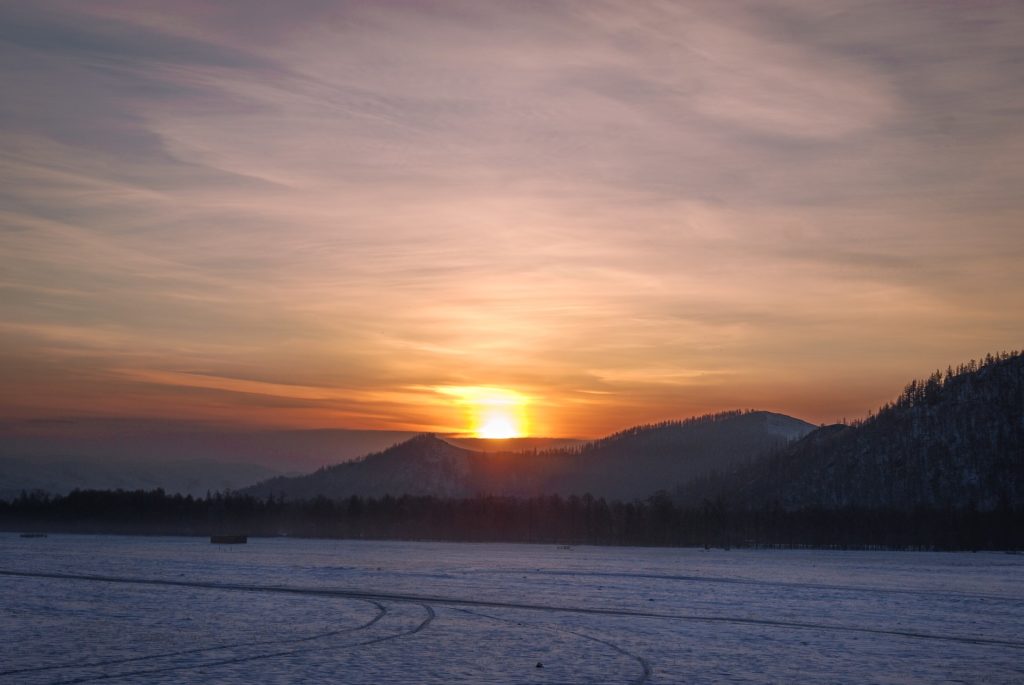
The sky and the clouds seem to be almost kissing the ground, and if you climb certain hills and mountains, you could even watch fluffy clouds float beneath you.
Most people assume Mongolia is just a flat country with open steppes, but that’s not always the case. Towards the north, you have forest dense regions, and towards the west, you will find the tallest peak in Mongolia. The Mongolian countryside offers different sceneries region to region.
So Is It Worth Visiting?
You be the judge! If you enjoy natural landscapes that stretch to the horizon, with warm and welcoming nomads who are eager to show you their lifestyle and way of life, then Mongolia is the place for you.
For hiking/trekking enthusiasts, historians, philosophers, and geologists, Mongolia will offer plenty of things to see learn from, and marvel at.
